There’s a lot of focus (pun intended) on camera tech right now, with Google looking to regain its lead with the Pixel 6 and Xiaomi’s Mi Mix 4 offering a different solution. Oppo is another company working on this technology, and today, the company showed off some of its other camera innovations, along with an improved optical zoom camera.
/cdn.vox-cdn.com/uploads/chorus_asset/file/22792007/OPPO_Continuous_Optical_Zoom_2021.gif)
Starting off with the zoom camera, Oppo has announced (via Engadget) a new module called Continuous Optical Zoom. This module allows the lens to physically move back and forth, providing focal lengths between 85mm and 200mm. The module moves the cameras with precision via a ‘tunnel magnetoresistance sensor’, which provides crisp images without needing to crop or rely on digital zoom.
This isn’t the first time a phone maker has announced a similar camera module, as Vivo did so with its Apex 2020 concept phone. However, with Vivo’s solution, the range was limited to between 130 and 195mm. Unfortunately, Oppo didn’t provide any indication as to when we might see this arrive on a commercially available device.
/cdn.vox-cdn.com/uploads/chorus_asset/file/22792004/OPPO_s_Five_axis_OIS_lens_shift.gif)
The next new camera feature shown off today is a new five-axis optical image stabilization system. This uses both lens-shift and sensor-shift along with your phone’s gyroscope to provide a gimbal system that is said to provide 3x better stabilization than what you can find with traditional OIS modules. And unlike the Continuous Optical Zoom tech, Oppo confirmed this new gimbal system will arrive on phones beginning early next year.
Finally, Oppo debuted its new RGBW sensor that uses white sub-pixels in conjunction with your standard RGB pixels. This provides up to 60% better light capture while reducing noise by 35%. And with this, we’ll begin seeing Oppo integrate this new sensor in phones as early as Q4 2021.
It’s absolutely wild to see how far smartphone camera systems have come, compared to just a couple of years ago. If the pace of camera innovation continues at this rate, it’ll be no time before you can seriously put that DSLR in a drawer and just use your phone for every case imaginable. But until then, we just have to wait until it actually arrives in a few devices to see how it performs.




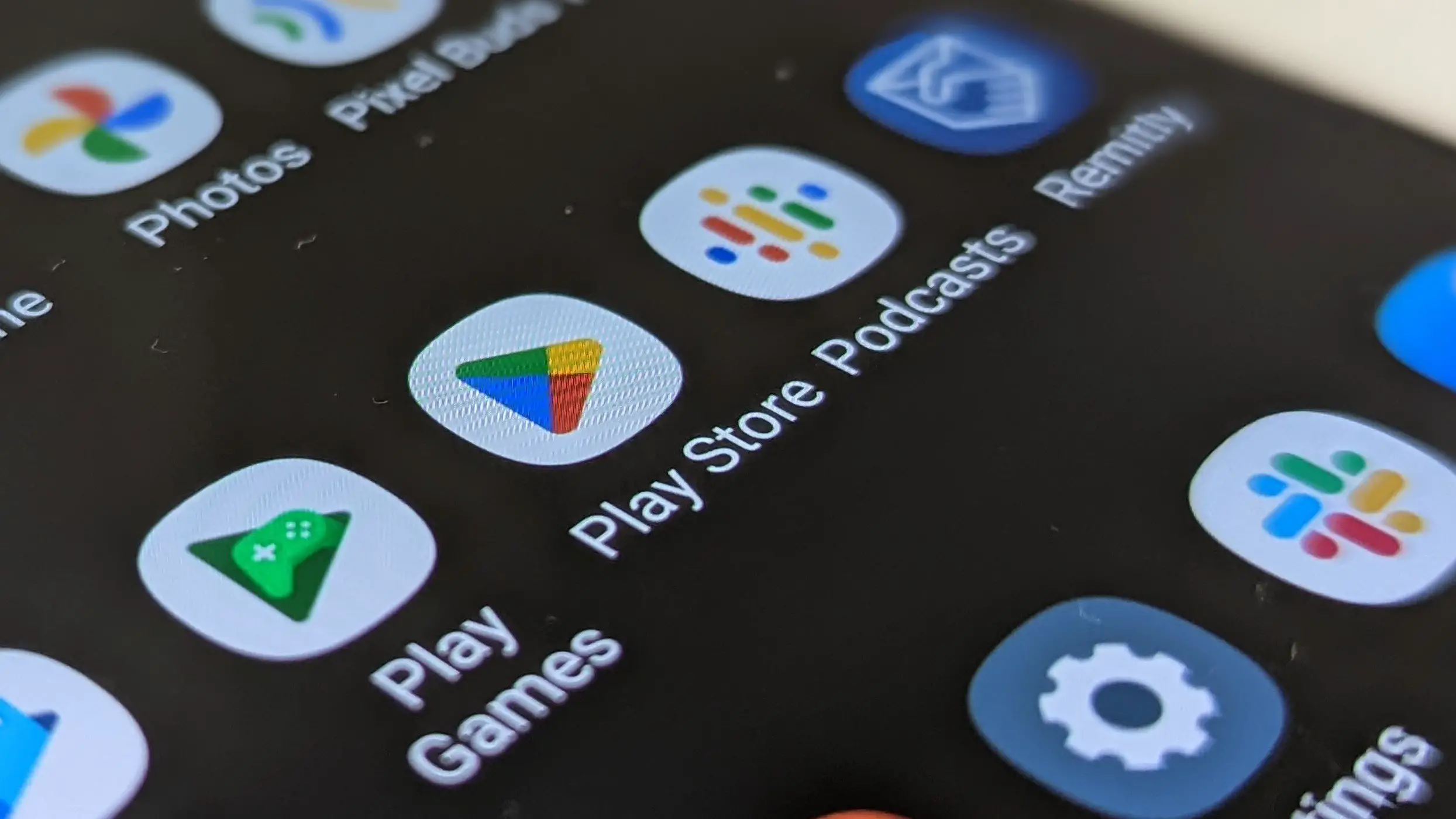
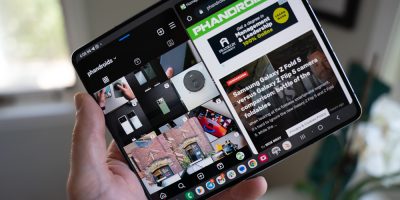
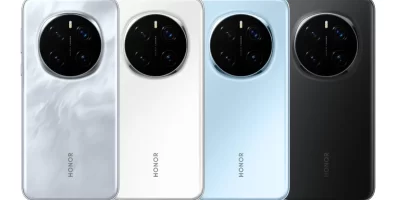
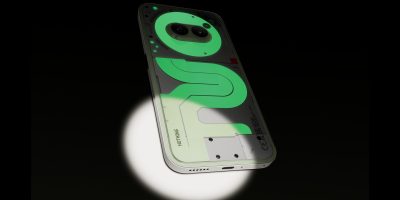
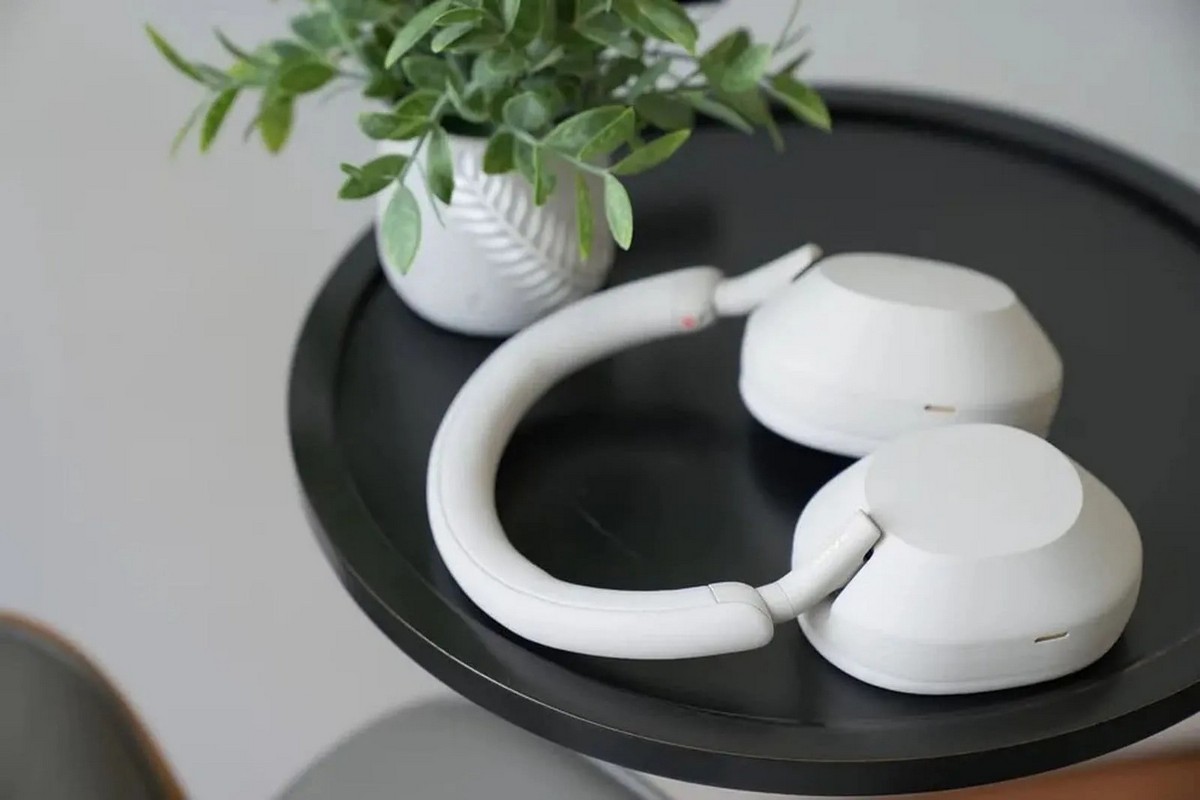



Comments